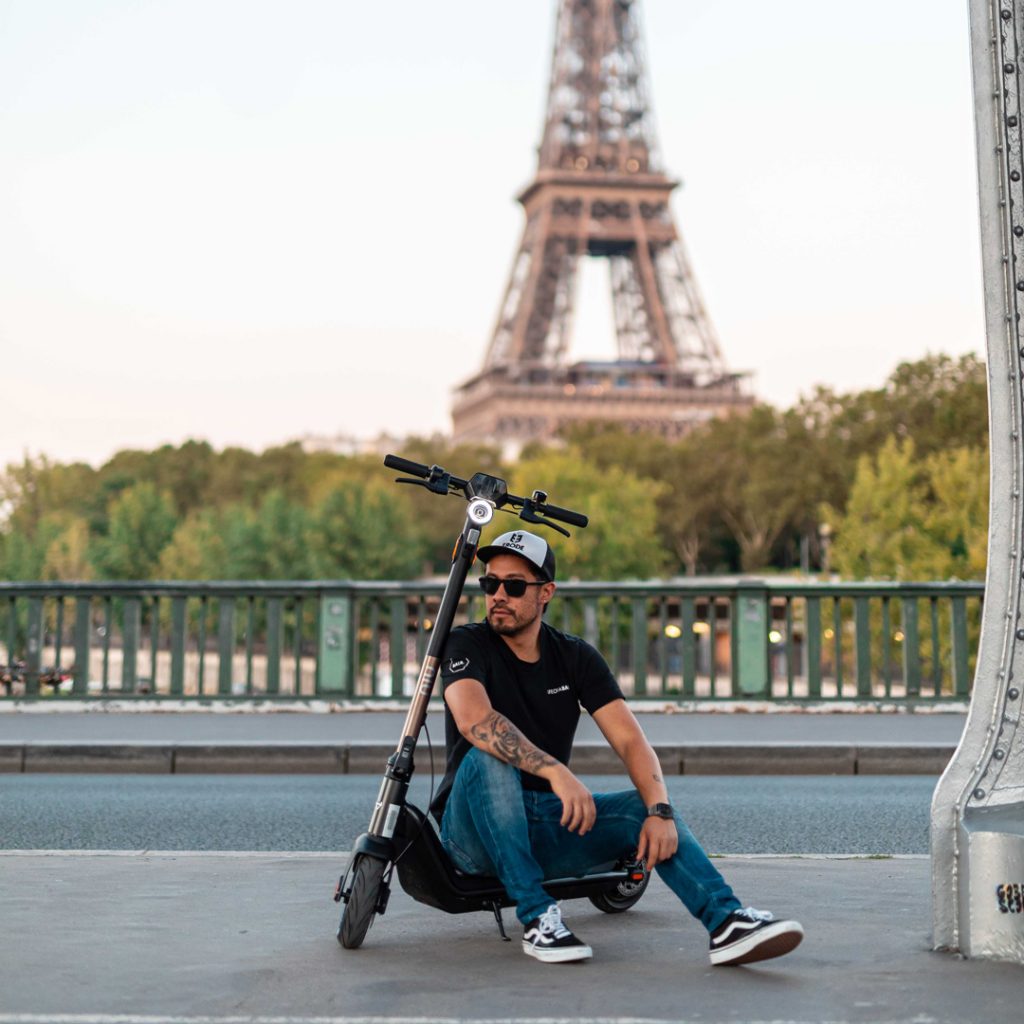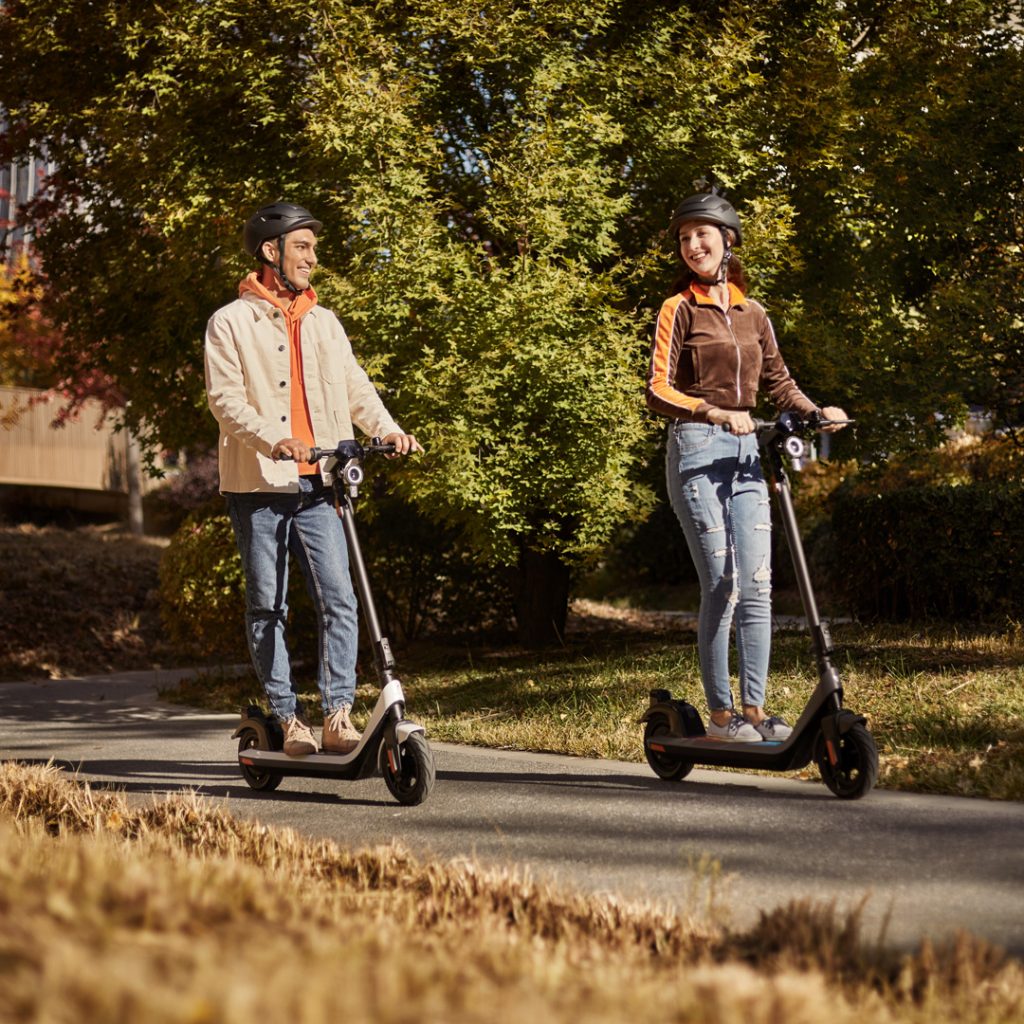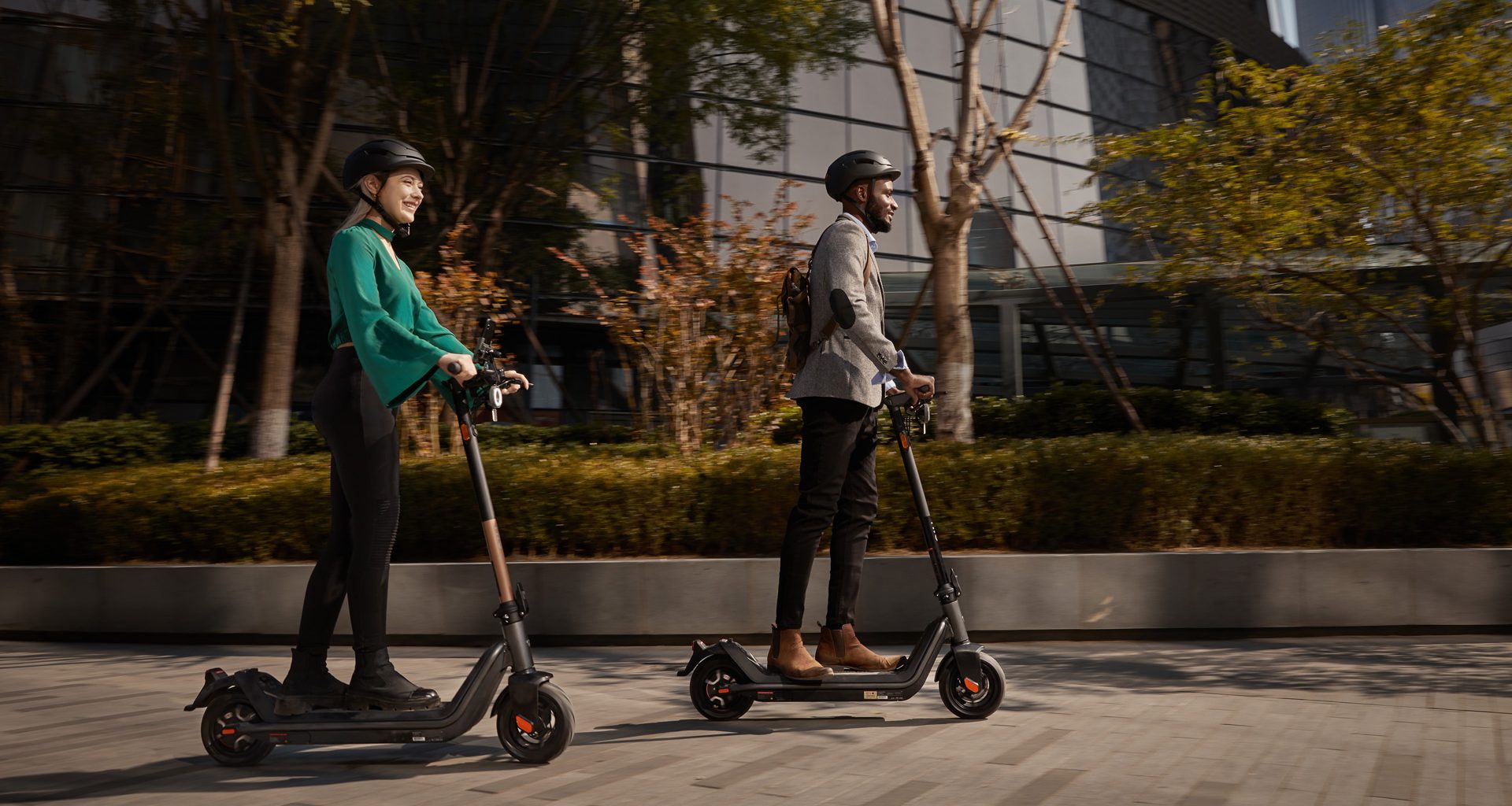The immense popularity of kick scooters has certainly been established, based on their increased use and availability in the US and Europe over the last several years. More and more companies are launching kick scooters as a “last-mile” transport option, with ride-sharing programs launching in major cities all over the world. Personal scooters have also seen a rise, thanks to their convenience and cost-effectiveness, among other benefits.
In this article, we have gathered the key laws and guidelines around electric kick scooters in Europe, as well as for each specific country. If you do not see your country included in the list below, then it’s best to check with local law enforcement or transportation authorities.
Please note that laws are constantly changing and updating. You should always confirm the most current electric scooter laws and regulations in your area by contacting your local transportation authorities.
If you see any outdated information in this article, please let us know with this form.
Jump to a country below:
[ Austria | Belgium | Denmark | France | Finland | Germany | Iceland | Italy | Norway | Portugal | Spain | Sweden | Switzerland | United Kingdom ]

An overview of kick scooters in Europe
Micromobility might be the future of transportation, thanks to the explosive rise in scooter sharing services, personal scooters, and other green models taking over cities around the world. Europe is no exception, with various major cities now offering commuters sustainable transportation services.
Electric kick scooters are legal to ride in Europe, but where and how you can ride depends on what country you’re in. Here are some general policies and practices for electric scooters in Europe.
What is the speed limit for electric scooters?
The speed limit for e-scooters in Spain, Switzerland and Belgium is 25 km/h (15.5mph), the same as for e-bikes. That drops to 20 km/h (12mph) in Germany, Sweden, Denmark and France, with more restrictive limits for sidewalks and other pedestrian areas.
Are electric scooters street legal?
In most places in Europe, electric scooters are street legal. They’re either required to follow the same laws for bicycles, motorcycles, or obey standard traffic laws, or they have laws specific to them.
Can electric scooters ride on sidewalks?
In France, the answer is no. However, riders can still use cycling paths or ride on the street.
In Germany, people ages 12 and up can ride on the sidewalk, as long as their scooter doesn’t go faster than 12km/h. While there may not be many official laws that ban the practice everywhere in Europe, avoiding the sidewalk might just be the polite thing to do.
What is the minimum age to ride a scooter? Do I need to wear a helmet?
Most countries have a minimum age requirement somewhere between 12-16, and require adolescents and children to wear helmets. In Italy, for example, riders between 14 and 18 must wear helmets, similar to Sweden, where anyone under age 15 needs to wear one too. French riders as young as eight are allowed to ride scooters, with helmets required for anyone under 12 years of age.
Do electric scooter require a license, registration, or insurance?
In Germany, the Netherlands and Spain, all riders are required to have insurance for their scooters. Few other countries require insurance, though it might be a good idea to invest in a plan for personal safety and protection. Neither licenses nor registration seem to be a necessity, generally speaking – most riders can use a scooter before the legal driving age in Europe.

Scooter laws by country
Scooter laws seem to have confounded both individual riders and the public with the same speed as the industry’s growth. Laws in Europe vary significantly by country— sometimes even by city.
Some cities have granted total freedom to riders, while some have acted to restrict their movement. Policymakers have also adapted their responses over time, based on regulatory developments as well as reactions from the public.
Here’s a breakdown of European scooter laws by country:
Austria
Austria prohibits the use of e-scooters anywhere but on bike lanes. They also mandated a series of additional restrictions, including a top speed limit of 25 km/h and a bike license for all riders. Scooters are also required to have braking reflectors, retroreflectors, red back lights and white front lights, and a max wattage of 600 W. Riders aged 12 or under must be with someone aged 16 or above, and follow all the same rules and guidelines as cyclists.
Belgium
In Belgium, both e-bikes and scooters are legally allowed on public roads, as long as riders stay under 25 km/h. Riders of e-scooters have to be aged 18 and older, and they’re not allowed on sidewalks.
Denmark
Denmark legalized scooters in early 2019. Maximum speed is 20km, and the minimum age for riding is 15. Riders are generally riding their e-scooters on bike lanes. Lights in both the front and back are required as part of the guidelines.
France
France doesn’t allow for e-scooters to be ridden on the pavement, but cycling paths and streets are still given the green light. In 2019, France added some new measurements and guidelines, including a minimum age for riding (children as young as eight) as well as a helmet law for anyone under age 12.
The speed limit for e-scooters is 20 km/h on the road, a restriction that certain e-scooter operators have made automatic. In Lyon, for instance, the speed of certain scooters is dependent on GPS, and limits riders to 8 km/h within pedestrian zones. Paris intends to limit the number of e-scooters operating in the city, allowing for tighter control over noise pollution, safety and vehicles on the road.
Finland
Finland considers e-scooters and skateboards equal to bicycles in front of the law – so there’s a maximum size limit of 80cm (31 inches) in width, a total speed of 25 km/h and a max charge of 1000 W for all scooters. Riders are also required to use helmets and avoid the sidewalk.
Germany
Riders can be eligible for a license here if they ensure that they have fitted front lights, two brakes and side reflectors, along with a bell to signal other drivers and pedestrians of your approach. The speed limit for electric scooters is 20 km/h on bike lanes or paths, by riders aged 14 and up. Children 12 and older are allowed on bike paths, lanes, and sidewalks at a maximum speed of 12 km/h.
Iceland
Iceland began to offer scooter rentals in Reykjavik at the end of 2019. Scooter riders here are required to follow the same laws as cyclists, wear safety gear, and avoid riding faster than 25 km/h.
Italy
The Italian government updated their e-scooter laws in 2020, effectively making scooters equivalent to bikes. The minimum age is set to 14, and helmets are considered mandatory for riders under 18. E-scooters are now permissible on roads where bikes are also allowed, at a max speed of 25 km/h. In pedestrian areas the maximum speed drops to 6 km/h. Scooters have a limit in their power (500W), and riders aren’t allowed to carry passengers or objects with them. There are also rules about using reflective vests, front and back lights when it gets dark.
Norway
Norway is still in the early stages of regulation for e-scooters, and riders are confined by the same rules as bicycles. Yet tougher regulations seem to be in the works since 2020. For now, scooters are allowed on bike lanes, roads, and sidewalks. Helmets are recommended, but not required.
Portugal
There are no national regulations in Portugal yet – rules around riding scooters are dependent on local governments and cities. It seems that riders collectively tend to use bike lanes and helmets here, and otherwise follow the rules of the road.
Spain
Spain requires scooters to be insured, and riders can’t go faster than 25 km/h. Regulations vary by city, but Barcelona allows for scooters in bike lanes and roads that accommodate pedestrians and riders. Scooters are prohibited from sidewalks and walkways in the city, and riders need to wear reflective gear.
Sweden
Scooters have been allowed in Sweden since 2018. They even offered a 25% government subsidy for all e-bike and scooter purchases until 2020. Scooters here are required to have brakes, and a bell or other audible device. Furthermore, any rider under age 15 must wear a helmet. The speed limit is 20 km/h – any motorized scooter that goes faster than that is banned from use.
Switzerland
Swiss scooter riders are given the same treatment as bicyclists. That means they are restricted to bike paths and a maximum speed of 25 km/h.
United Kingdom
The UK only allows the use of e-scooters on private land under their current regulations. In 2020, limited trials were made in various British cities. In the trials, the scooters were only allowed to go a max speed of 25 km/h, and some cities required a license before use.

In the market for a new kick scooter? Check out our recently launched kick scooter shop, where you’ll find our currently available lineup of KQi3 products to meet any commuter’s need.
You can also check with a local NIU dealer to see if they have the KQi3, and experience for yourself why these vehicles are in such demand all around the world.






